We have all seen it, products with an extremely high amount of "actives" such as niacinamide, vitamin C, glycolic acid, and any other popular ingredients that are out there. 10% niacinamide, 15% niacinamide, and even 20% niacinamide, does higher equal to better?
Though the answer to finding the best concentration of skincare products depends on multiple factors. The majority of the time a high concentration of certain ingredients does not mean the product is more effective unfortunately, yet it can have a detrimental effect of causing skin irritation, or other side effects.
1. Dose-dependent Response
In chemistry, the limiting reagent is a reactant that is totally consumed when the chemical reaction is completed, this principle applies to all ingredients that will react with the skin.
For example, retinoids work in the skin by reacting with retinoic acid receptors (RARs). How well a retinoid product work depends on the type and amount of RARs it can react with. An extremely high dose of retinol, let's say 10% might not differ much from 1% retinol in terms of efficacy, therefore, all formulas should be formulated around the optimal dosage for the best balance of benefits and safety, described by the curve below.

2. Formulation Constraints
The penetration of a retinol product is very important; it correlates with how effective a retinol product can be. Modern retinol raw material uses encapsulation technology, such as encapsulation with 90% cyclodextrin and 10% retinol to greatly increase the stability, solubility, and penetration of retinol.
Let's assume a product is claiming to add 2% pure retinol, which is extremely high, there will also be 18% of cyclodextrin in the formulation, which will drastically affect the texture and stability of the formula, it could be solid hard and not something that can be used on the skin. If the formula is containing 2% of pure retinol without the encapsulation of cyclodextrin, then the penetration and stability are also in question.
Adding a high amount of actives will usually introduce challenges to making the formulation stable and effective, and may actually be the opposite of making a formulation more effective.
3. Safety Is A Concern
Safety studies done on cosmetic ingredients are conducted in a normal range of concentrations. For niacinamide, 2.5% was the concentration used for the safety study, and 2.5%, 5%, and 20% were used for irritation testing.
While it's wrong to assume that above or at 20% niacinamide is unsafe or can cause negative health impact, but at such a high concentration of 20%, such product can become irritating to the skin.
The search term "sensitive skin" on google has certainly tripled in a decade. With all these products chasing a higher percentage, it will certainly increase the number of sensitive skins out there.

Do This Instead:
ingredients synergy >>> ingredients %
EqualRXN is a brand that focuses on how ingredients pair up, instead of chasing after a high %. Instead of fixating on the ingredients %, focus more on how to pair ingredients most effectively.

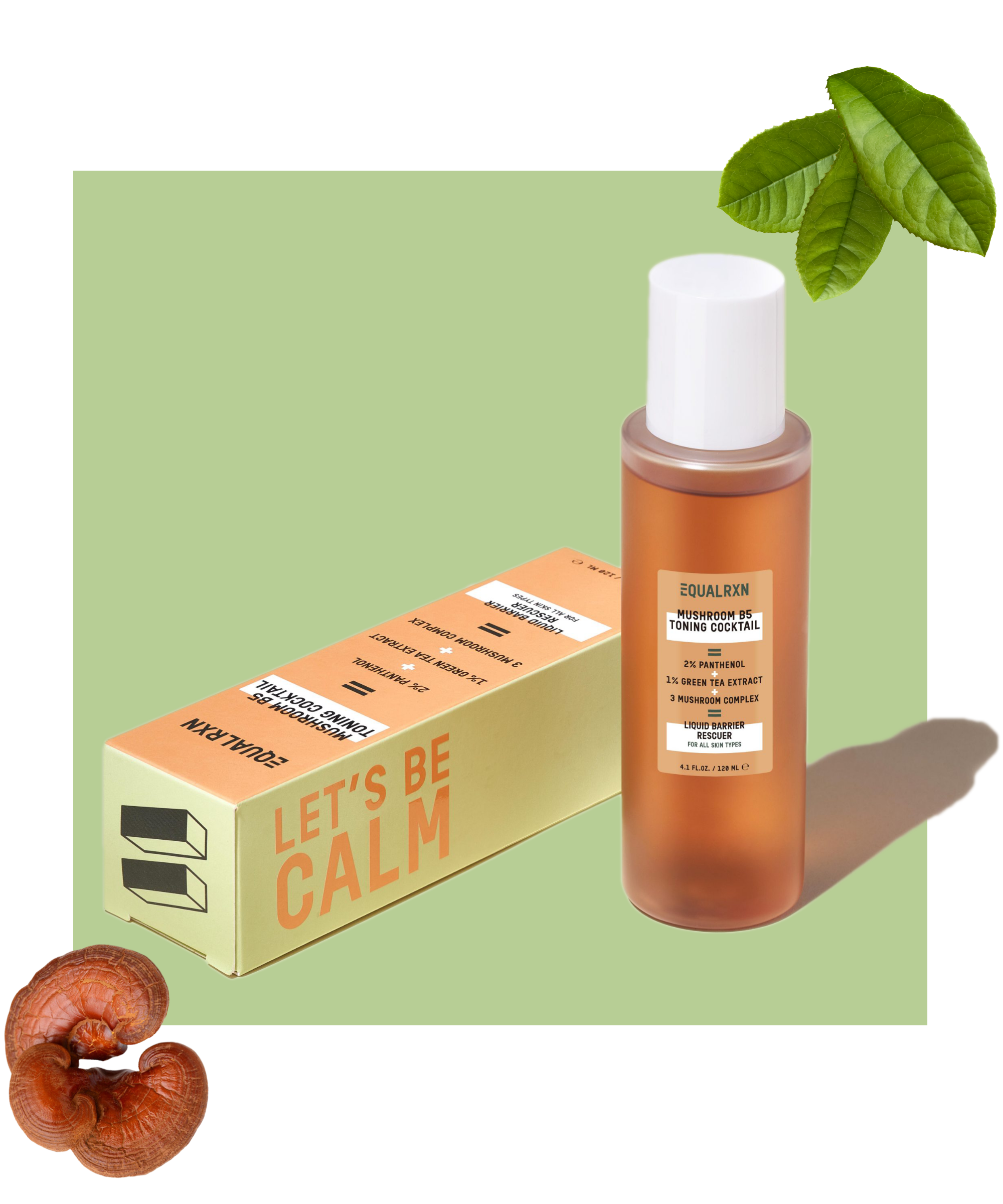
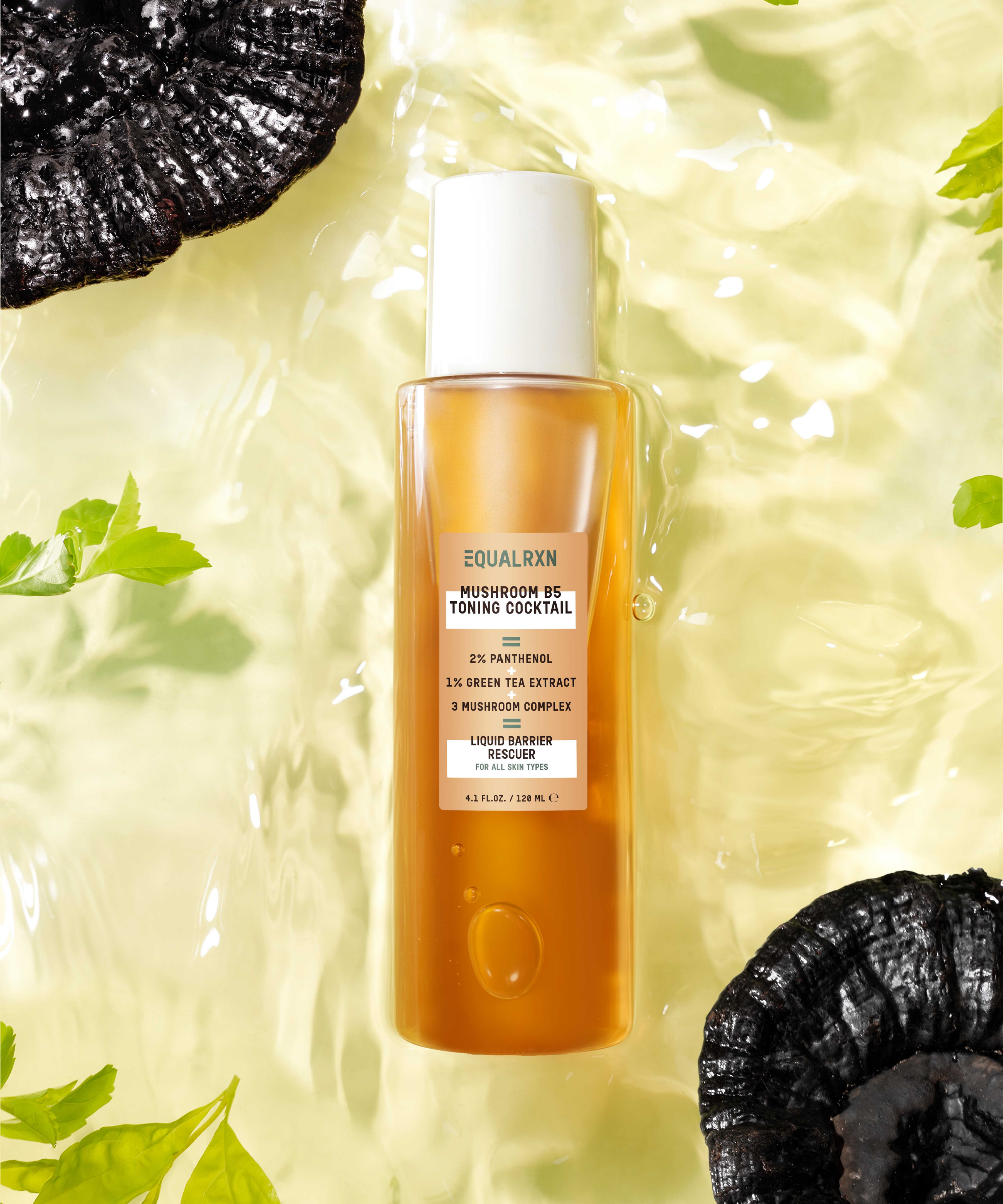
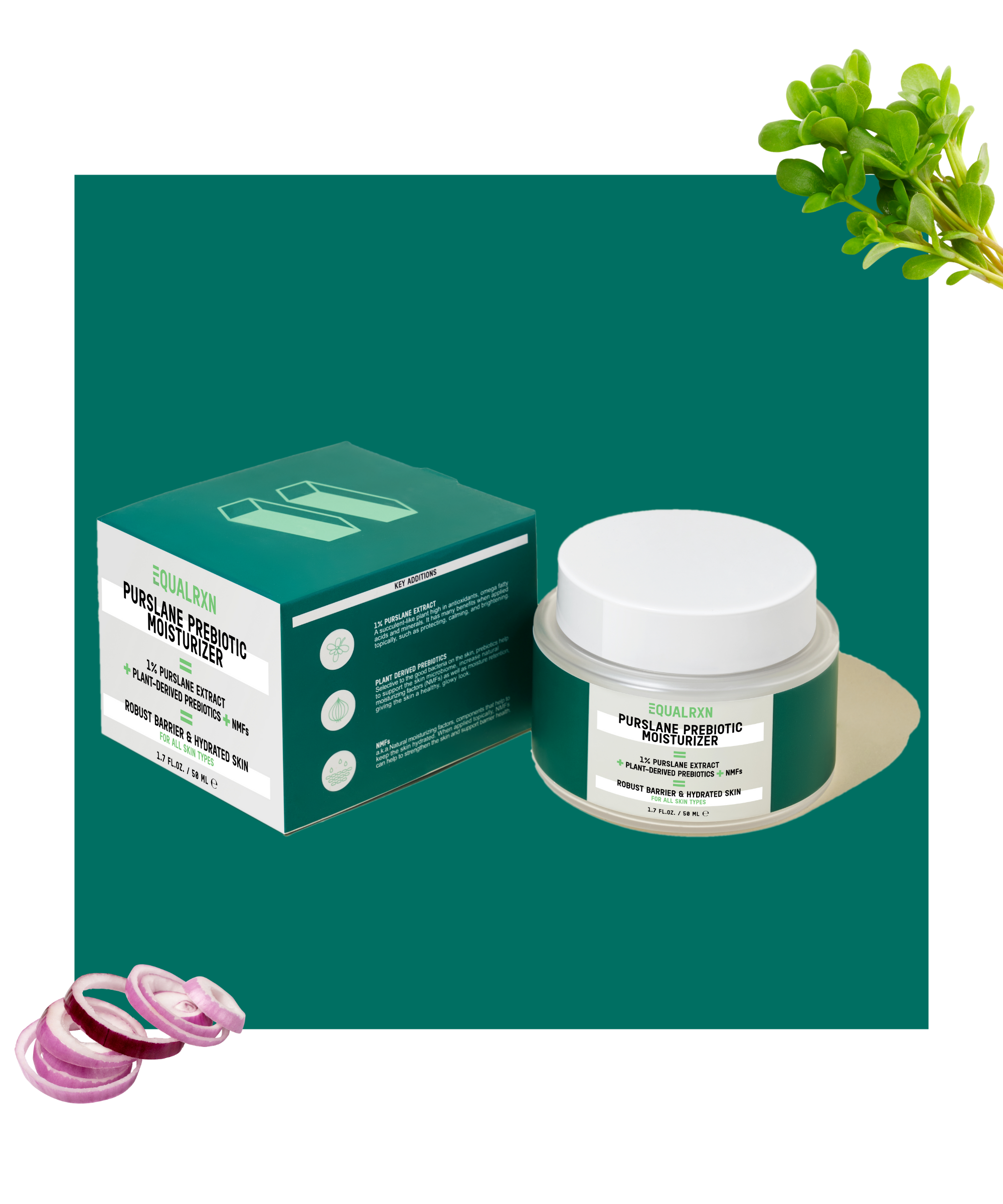
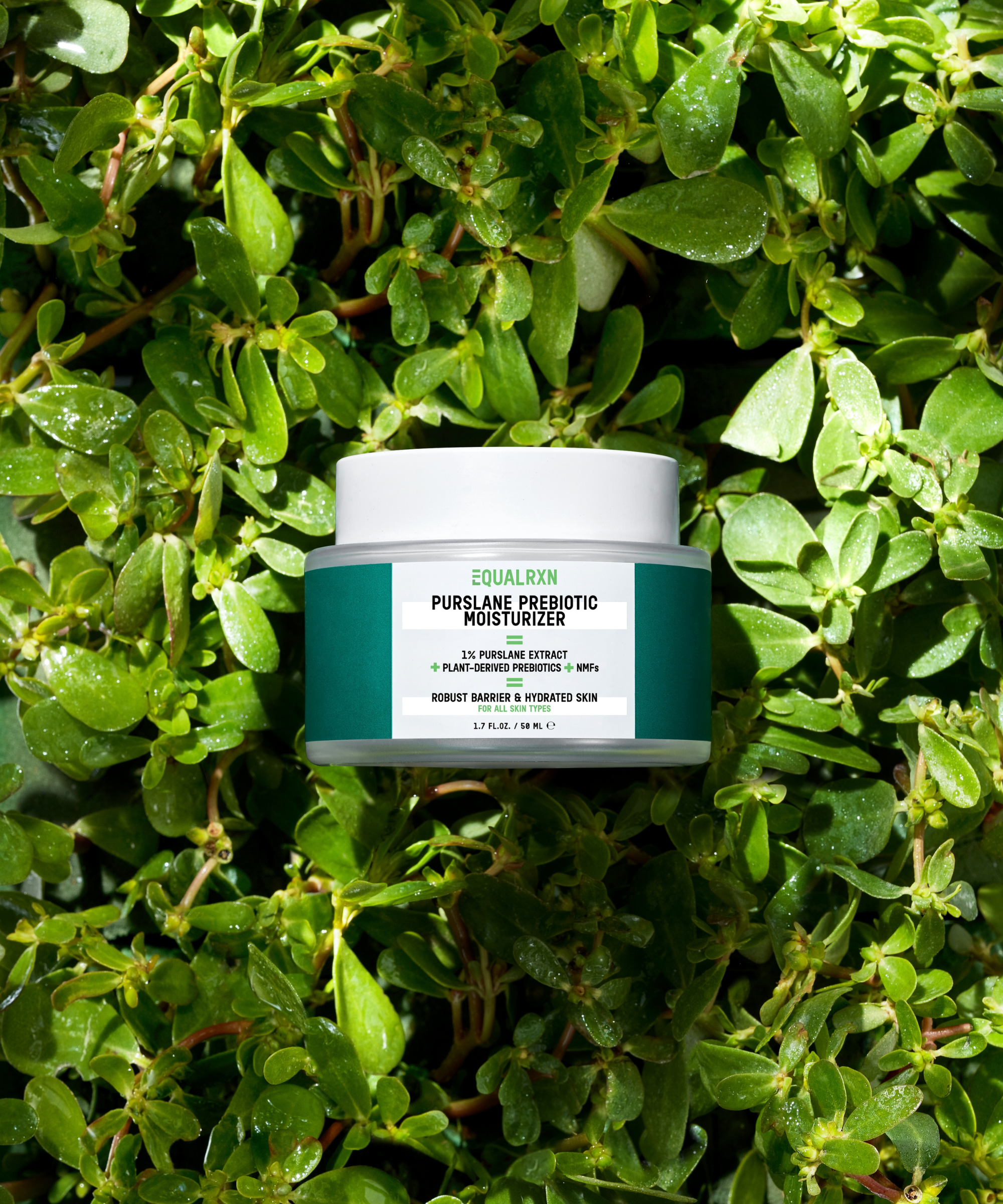
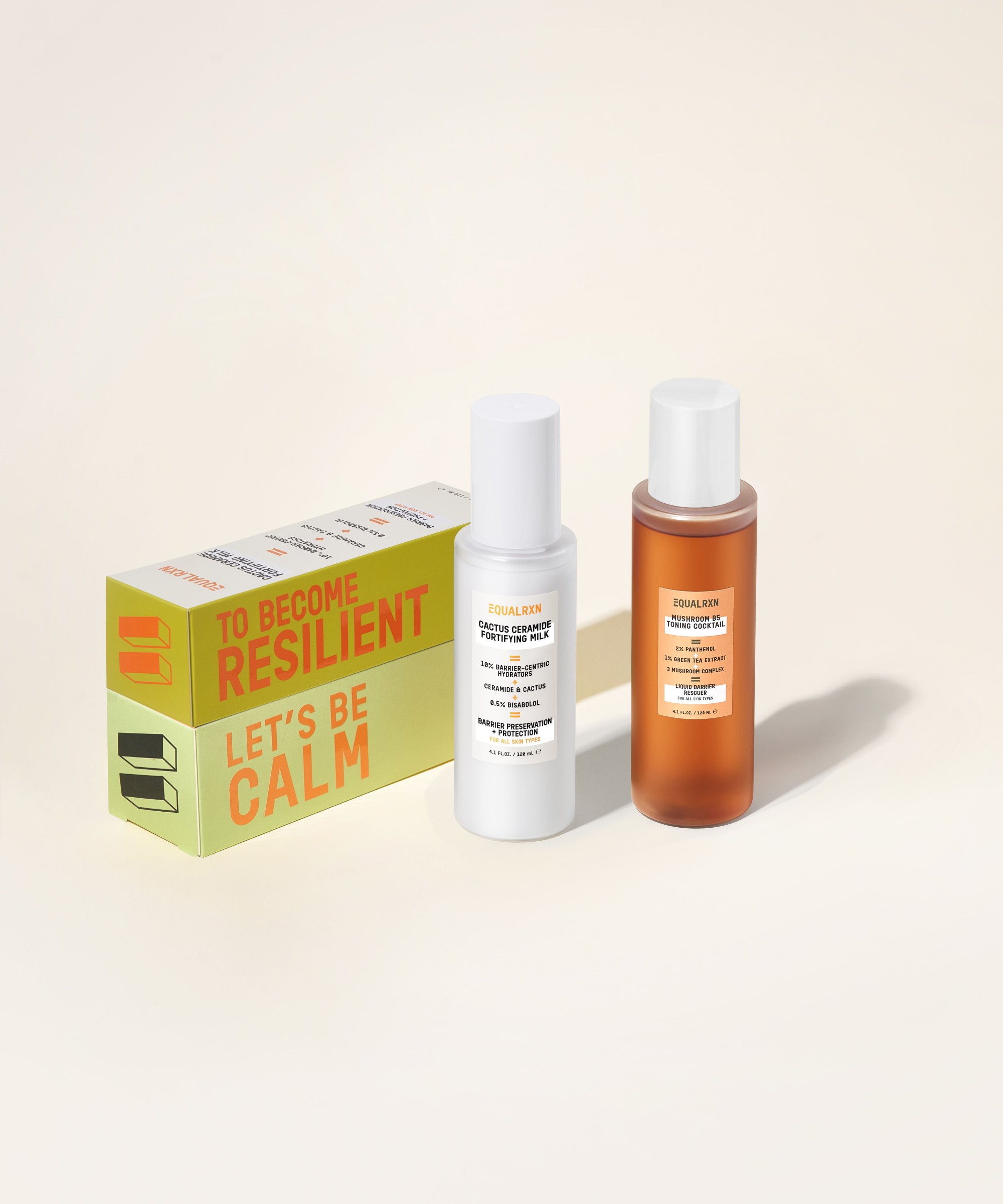
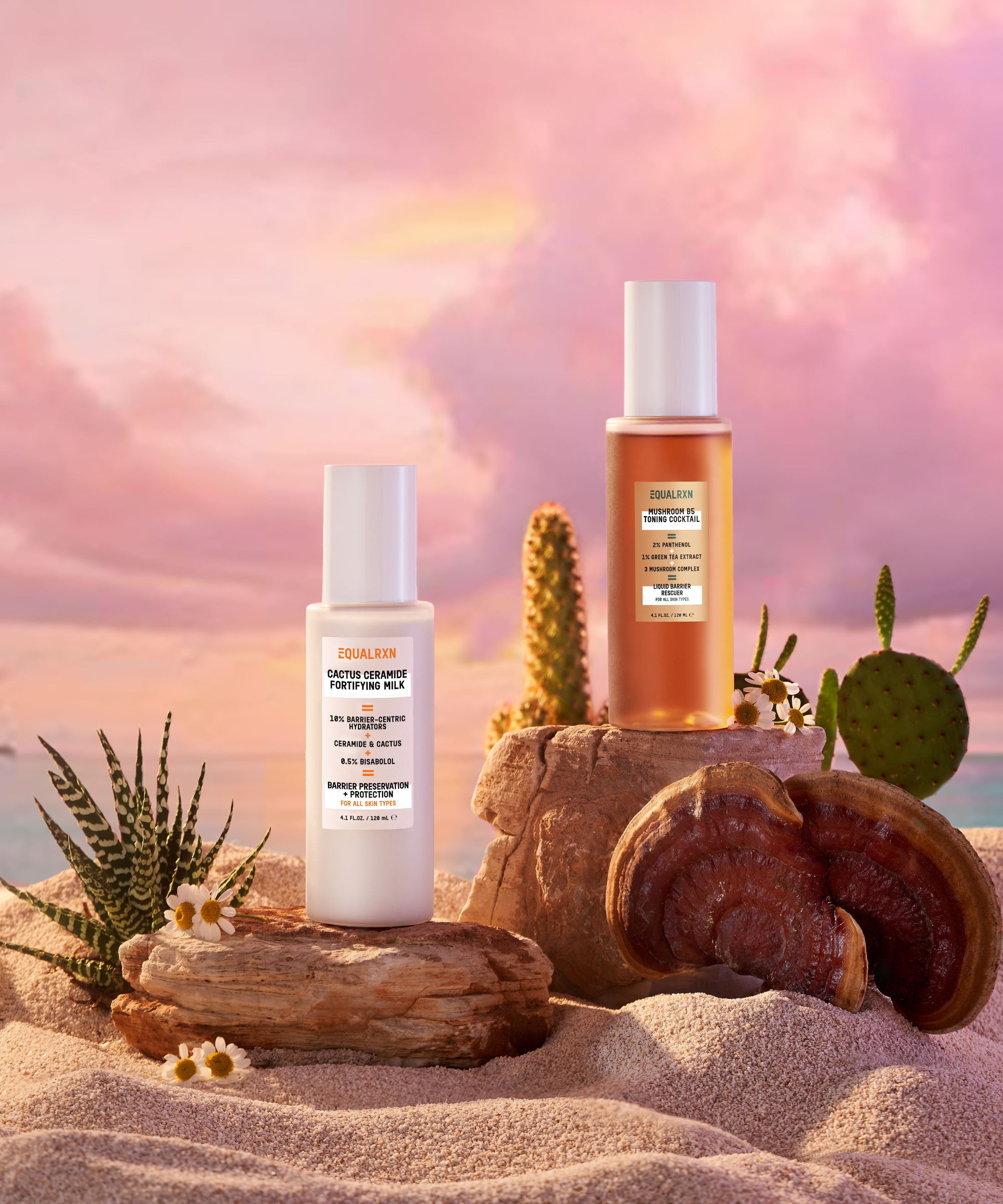
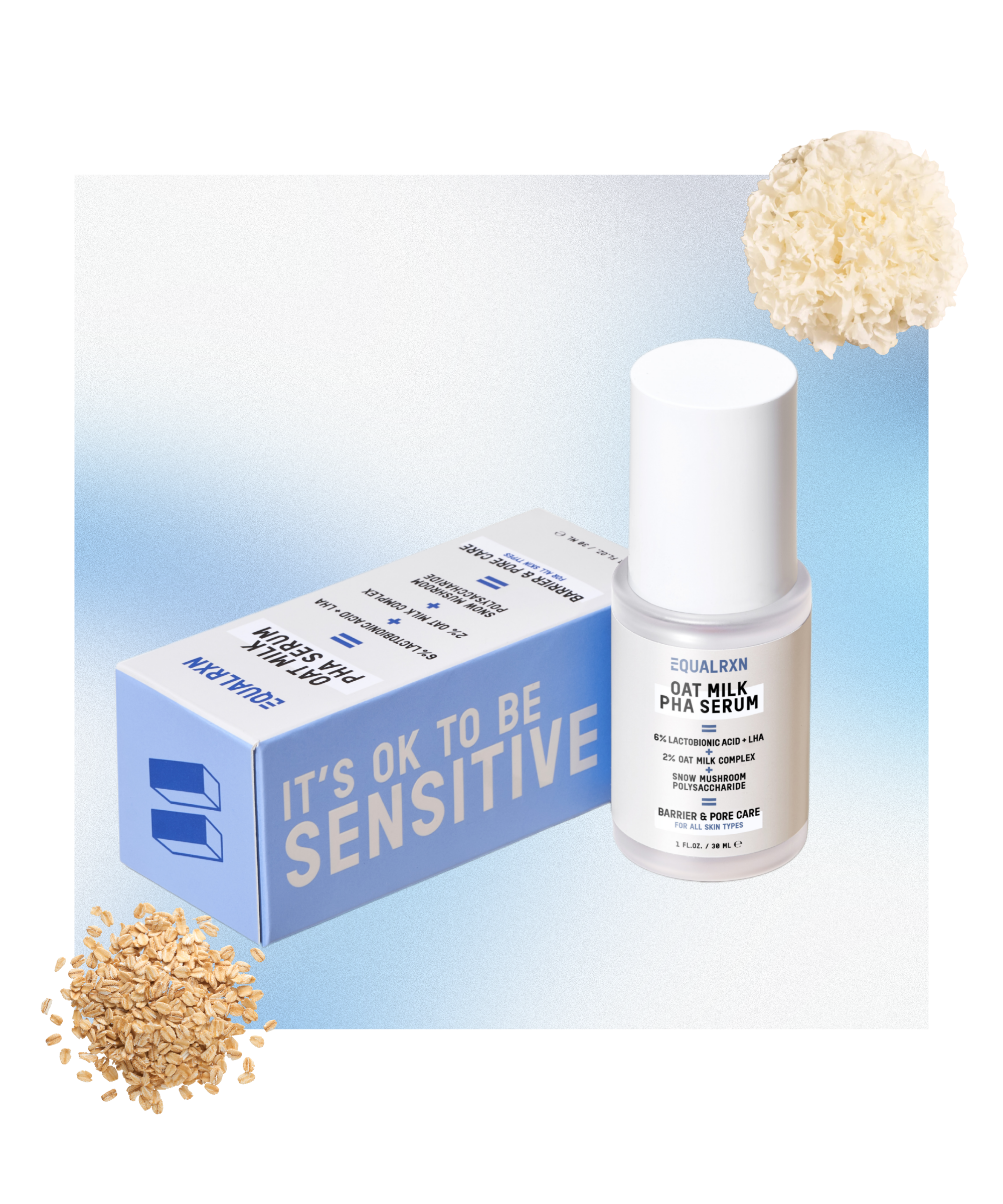
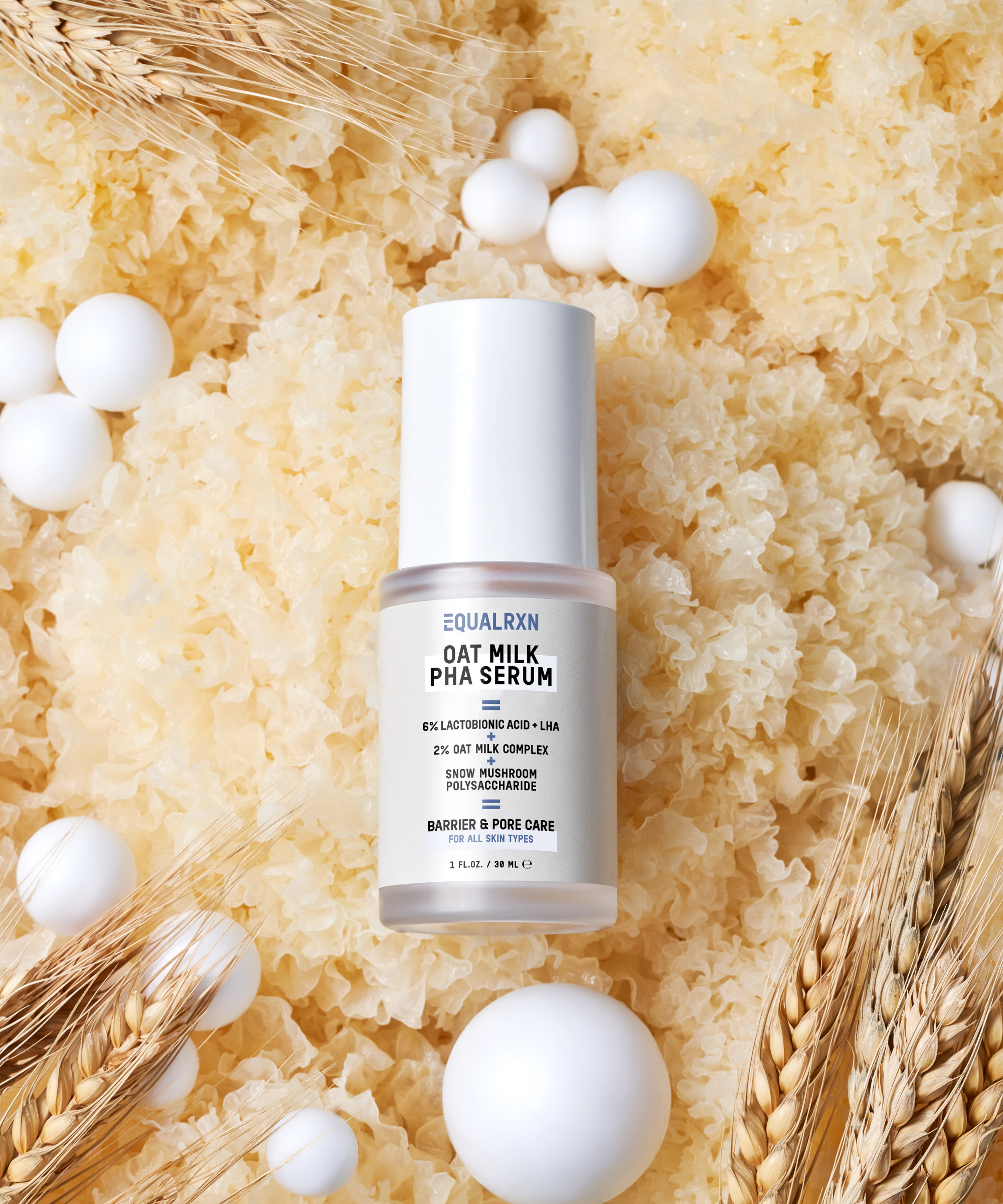

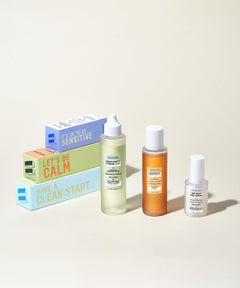
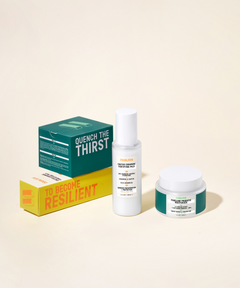
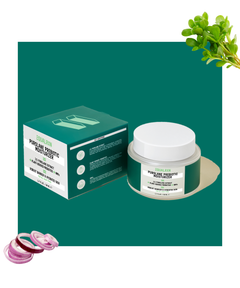
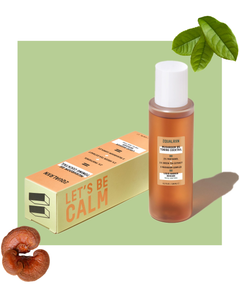
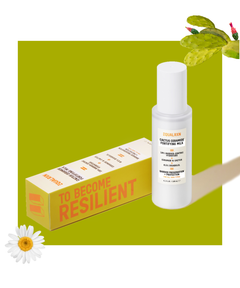

Leave a comment